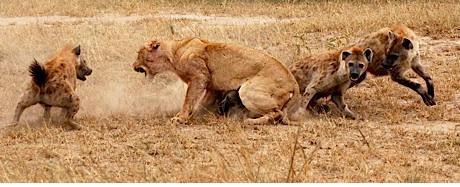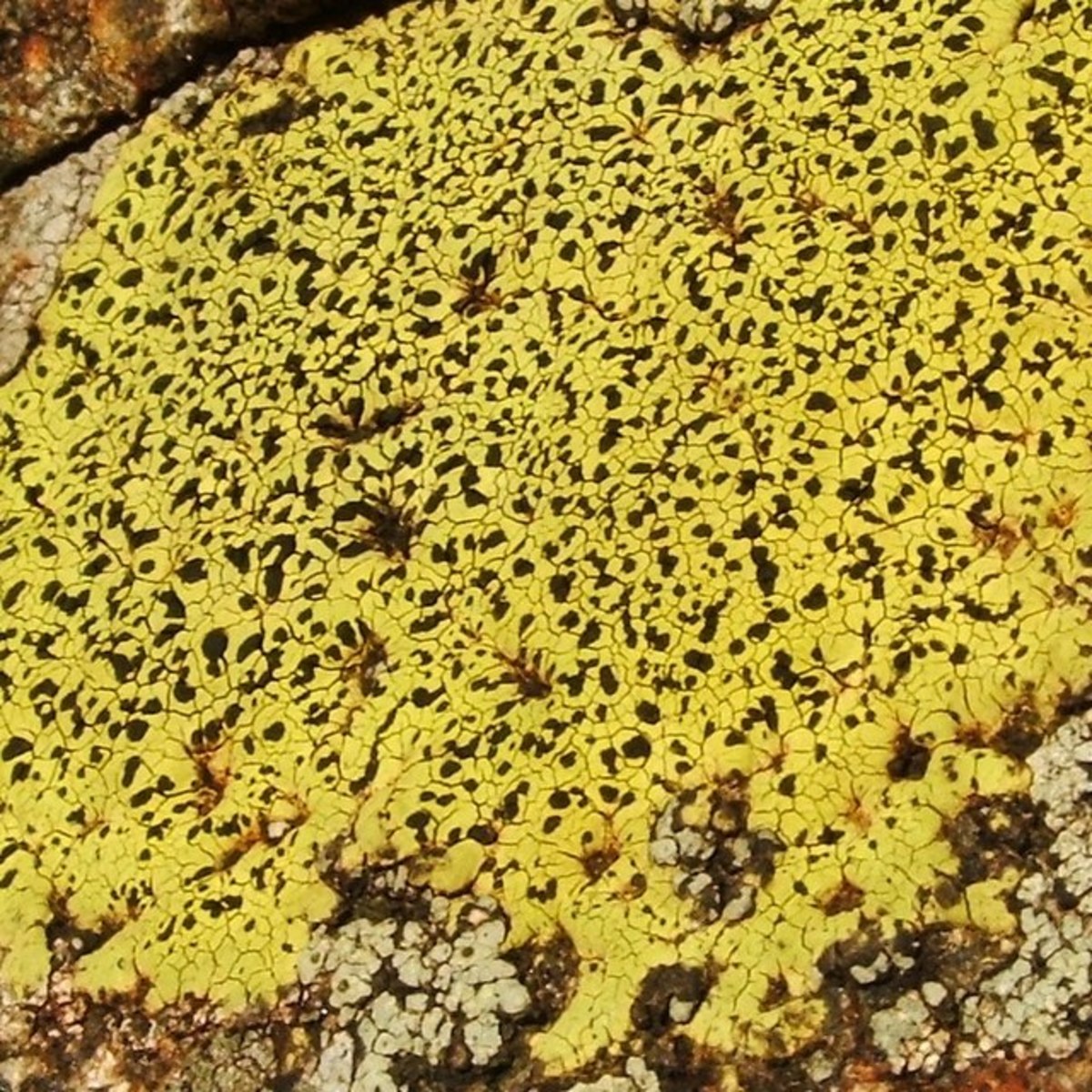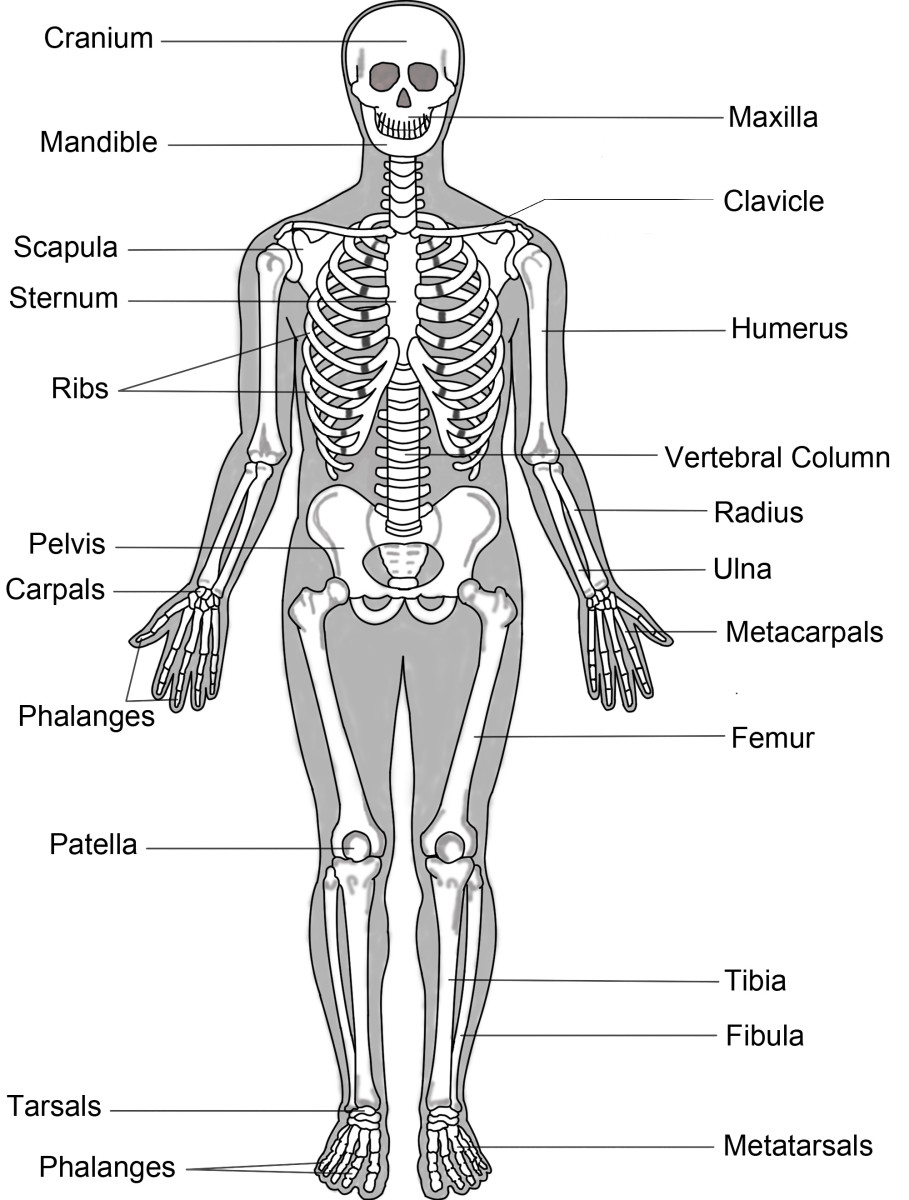What is interspecific competition?
Introducing the term "Interspecific Competition"
Each organism in nature struggles for existence. In this struggle, there is a competition between them for all natural resources. Members of different species compete for some limiting resource, like food or nutrients, mates, space, nesting sites, etc. This competition is termed as interspecific competition.
If there are two species termed as (A and B) and if species A has been found to be a better competitor, interspecific competition reduces the population sizes and/or growth rates of species B, which in turn affects the population dynamics of species A. Competition can be for anything for which demand is greater than supply.
Interspecific competition in plants
In the plant community, interspecific competition is largely for nutrient availability. If there is a high availability of nutrients, plants compete mainly for light.
Nutrient rich habitats are dominated by fast-growing perennials with a tall stature, as the light reaches plants in a single direction. Even the leaf area shows a uniform vertical distribution. These perennials species have high turnover rates of roots and leaves. During the differentiation of leaves, they show a high morphological plasticity.
In the case of nutrient poor habitats, competition is based on traits which help to reduce nutrient losses. Plants with traits like high nutrient resorption efficiency, slow tissue turnover rates, will be more successful in the competition. Plants which can not maximize both nutrient retention and growth rate will be negatively selected.
As the traits of species from nutrient-rich and nutrient-poor habitats are contrasting, they mutually exclude them from each others habitats.
An image showing Interspecific Competition in Animals

Interspecific competition in animals
In animals, the competition is for same prey, for example, cheetahs and lions, feed on the same prey. Each species is negatively impacted by the presence of the other, as they will have less food. It has also been noticed that lions can steal prey items.
Mechanisms of interspecific competition
This competition between two species may be exhibited in three ways which are:
Interference competition – It is a competition in which one organism physically excludes the other organism from a portion of the habitat, so that the second organism is deprived of the food resources. This mechanism involves aggression and one organism interferes with the survival and reproduction of the other organism. For example, large aphids (insects) compete with smaller aphids, for the feeding sites on cottonwood leaves. Large aphids directly compete with these small aphids by kicking and shoving them out. Another example is that of elephants and other herbivore communities at waterholes. Elephants prove to be successful as they drive away other herbivore animals.
Exploitation competition – This competition is indirect and is noticed when individuals of one species are reduced due to the reduction in the resource levels by the members of the other species. The common limiting resource acts as an intermediate for this kind of competition. For example, plants which produce many roots consume a lot of nitrogen and make it unavailable to the nearby plants.
Apparent competition – This third mechanism of interspecific competition is also indirect and occurs when two competing species are both preyed by the same predator. For example, when two competing species A and B are both preyed by predator C, the increase in the number of species A will lead to decrease in the number of species B. The reason is that, the increase of species A will lead to increase in predator species C, as they get plenty of resources. However as species C hunts both species A and B for its food, the species B will gradually decrease. For example, two plants consumed by the same herbivore
Advantages of interspecific competition
Interspecific competition helps in shaping the community structure. It decides the species’ richness and abundance in a particular area. It is a powerful force of natural selection. It limits the number of species living in an area by limiting the resources. It reduces the number of similar species from co-occurring within an area. As a result, species may respond to this competition by either becoming extinct or by evolving to fill slightly different niches (niche differentiation). Hence, this competition acts as a force for specialization and divergence, leading to increase species diversity.
Example – Two types of seed-eating finches (birds), Geospiza fuliginosa and Geospiza fortis living in Galapagos Islands in the Pacific Ocean, were studied for interspecific competition. It was found that these two species differed in their key trait, that is, beak size, as this size determines the size of the seed (small, intermediate or large), which can be eaten by the bird. Both of these species G. fuliginosa and G. fortis, actually compete for intermediate sized seeds, but when they are present on the same island, G. fuliginosa tends to evolve a small beak and G. fortis tends to evolve a large beak. This is because competition becomes intense when individuals with intermediate-sized beaks compete for the same intermediate sized seeds. Hence, some of them evolve with small or large sized beaks and have greater chances of survival.
The organisms exist in different kinds of mutual relationships. Interspecific competition is one such type of competition which helps to shape the community structure.







